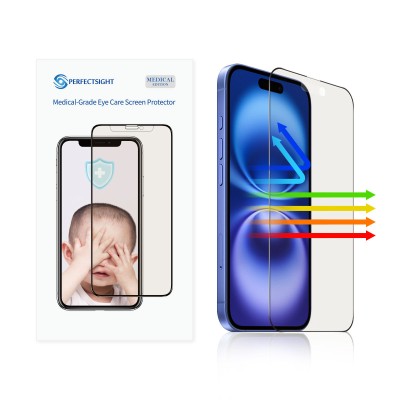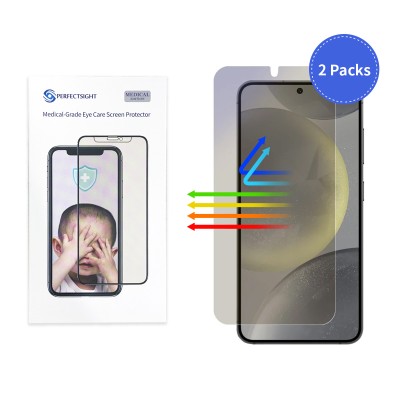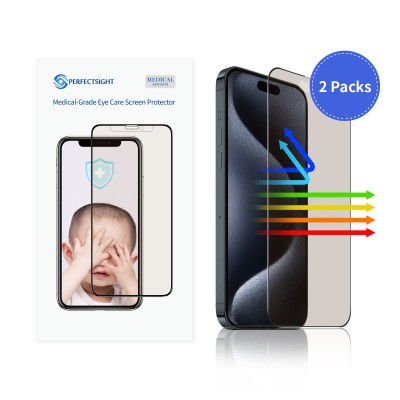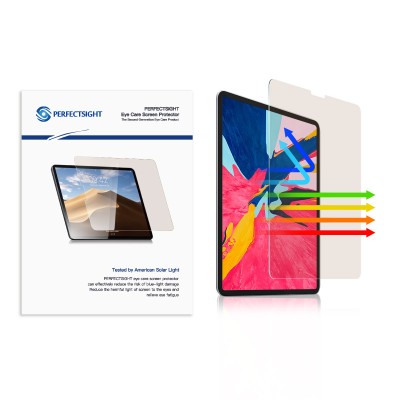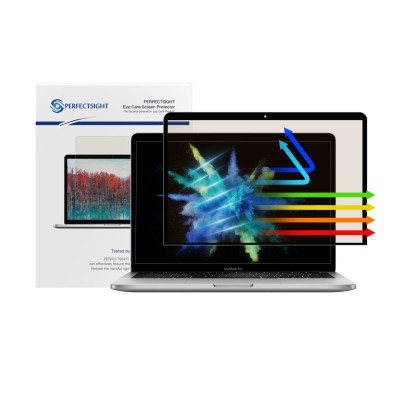Do Blue Light Screen Protectors Work?
In the age of phones, iPad, laptops, and computers, we spend hours staring at screens each day. Whether it's for work, entertainment, or social media, our eyes are constantly exposed to blue light emitted by these devices. Blue light isn't bad. But too much of it at night has raised concerns about its effect on our eyes and sleep. This has led to the rise of blue light screen protectors, which claim to reduce the harmful effects of blue light. But do they actually work?
The answer is yes. Many users have reported a significant reduction in eye fatigue and discomfort after using blue light screen protectors. However, the quality and effectiveness of blue light screen protectors on the market vary greatly. Therefore, you need to be careful when buying a blue light screen protector.
What is blue light, and why is it a concern?
Before we explore whether blue light screen protectors are effective, let's first understand what blue light is and why it can be harmful.
Blue light is a high-energy, short-wavelength light. It is in sunlight and emitted by digital screens, LED lights, and some fluorescents. Blue light is essential during the day. It regulates our circadian rhythms and boosts alertness. But too much exposure at night can be problematic.
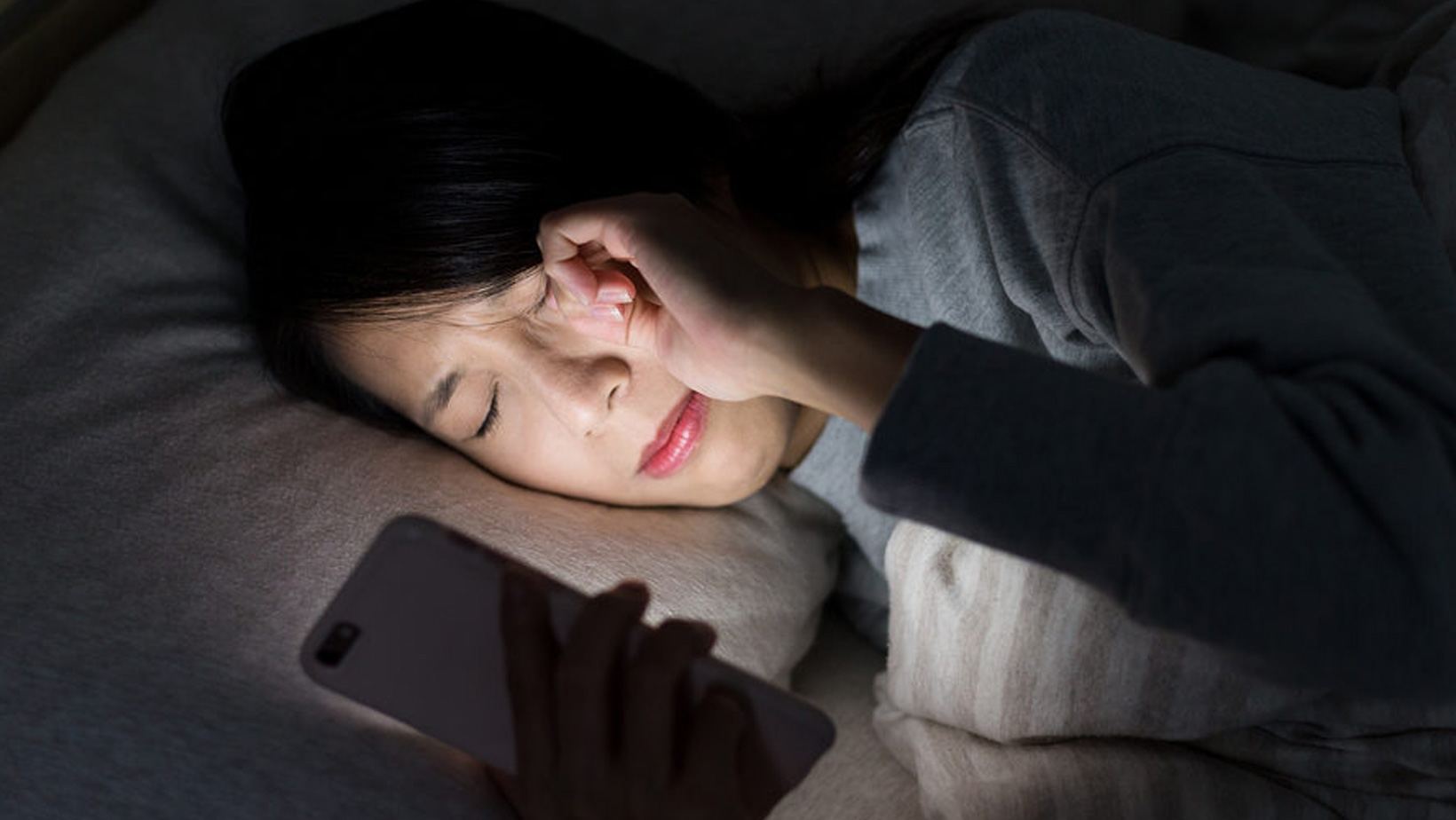
Eye Strain: Prolonged exposure to blue light from screens can cause digital eye strain. It's marked by discomfort, headaches, blurred vision, and dry eyes.
Disrupted Sleep: Blue light at night can suppress melatonin, the sleep hormone. This can lead to trouble falling asleep and poorer sleep quality.
Potential Long-Term Eye Damage: Some studies suggest that prolonged exposure to high blue light may damage the retina over time. This could increase the risk of macular degeneration. However, more research is needed.
What Should You Look for in a Blue Light Screen Protector?
To balance eye protection, screen clarity, and durability, a high-quality blue light screen protector should include the following features:
1. Blue Light Filtering Efficiency
Aim for protectors that block 30%-60% of harmful blue light (415–455 nm wavelengths). Higher filtering rates (e.g., 90%) are ideal for nighttime use, while moderate levels preserve color accuracy during daylight. Prioritize brands with lab-tested data or certifications like TÜV Rheinland to validate claims.
2. Material Quality
Opt for high hardness tempered glass for scratch resistance and durability. Thinner optionsmaintain touchscreen sensitivity, while anti-glare coatings reduce reflections without dulling the screen. Avoid plastic protectors, as they often distort colors and lack durability.
3. Device Compatibility
Ensure the protector matches your screen size exactly to avoid blocking cameras or sensors (e.g., MacBook Air/Pro models). Use brand-specific compatibility guides for precision.
4. Display Impact
High-quality protectors should preserve color accuracy (ΔE < 3) and maintain 85% transparency. While some models may cause a slight yellow tint, premium options like Pavoscreen minimize distortion. For design or photography work, prioritize "true color" claims.
5. Ease of Installation
Select protectors with bubble-free installation kits, including alignment frames, dust-removal stickers, and microfiber cloths. Magnetic or clip-on designs allow quick attachment and removal.
Blue light screen protectors do have a certain degree of effectiveness in reducing blue light exposure, alleviating eye fatigue, and improving sleep quality. However, their performance can vary depending on the quality of the product and the usage environment. When selecting a blue light screen protector, users should consider the product's quality, transparency, and compatibility with their devices. Additionally, it is recommended to combine the use of blue light screen protectors with other eye care measures to achieve the best protective results.
